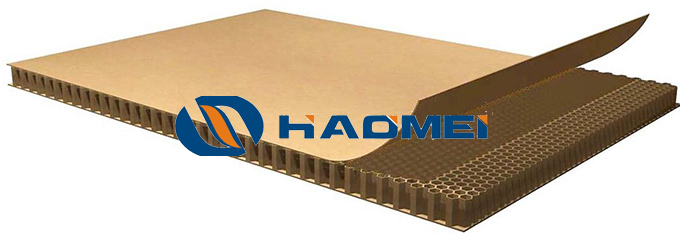
Address: Zhengzhou, China.
Tel: +86-371-65621391
Fax: +86-371-65621393
Mail: sale@alumhm.com
Time:2018-11-22
Aluminum honeycomb panel is suitable for construction of civil buildings, vehicles and vessels etc. It was originally a specialized aircraft material. Therefore, it must meet strict technical data. Aluminum honeycomb panel thermal conductivity is 0.88w/m.k. Its density is between 3.6 and 5.3kg/m2, and tensile strength more than 83MN/m2. The manufacturing of the aluminum honeycomb composite panel is carried out by advanced modern machines that adopts hot molding technology. Owing to high thermal conductivity between the aluminum sheet and the honeycomb body, the thermal expansion and cold contraction of the inner and outer aluminum skins are synchronized. The aluminum covering sheet has small holes to allow the gas inside the panel to flow freely. The panel has a sliding mounting buckle system which does not deform in either thermal expansion or cold contraction.

Aluminum honeycomb panels are mainly made of high quality 3003H24 alloy aluminum plate or 5052AH14 high manganese alloy aluminum plate as the base material. The thickness of the panel ranges from 0.8mm to 1.5mm. The panels can be divided into two types by surface treatments: fluorocarbon roll coated panels or color resistant paint panels. The color resistant paint is resistant to scratches, acid rain and corrosion. It has a self-cleaning ability stronger than PVDF. The thickness of the bottom plate is from 0.6mm to 1.0mm, and the total thickness of the panel is around 25mm.
Due to the fact that the aluminum honeycomb panel has excellent performance against high wind pressure, shock absorption, sound insulation, heat preservation (high thermal conductivity inside the panel), flame retardancy and high specific strength, it had been used in various fields abroad in the 1960s. In China, however, honeycomb technology was not applied until its rapid development overseas. A piece of aluminum honeycomb composite panel weighs only 1/5 of the aluminum veneer with the same stiffness and 1/10 of the steel plate. The interconnected aluminum honeycomb core is like a myriad of I-beams. The core layer is fixed in the whole plate to make the plate more stable. Its wind pressure resistance is much superior to aluminum slabs and aluminum veneers, and has the characteristics of good flatness which will not be easily deformed in spite of large cell sizes. All these advantages make it the preferred lightweight material for the construction industry.